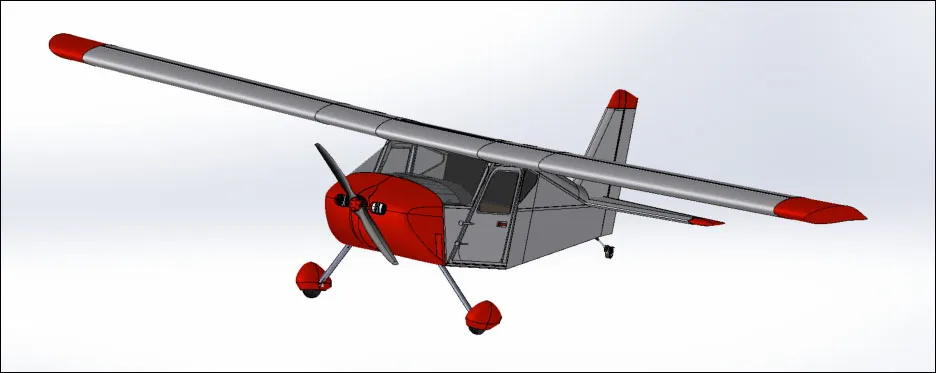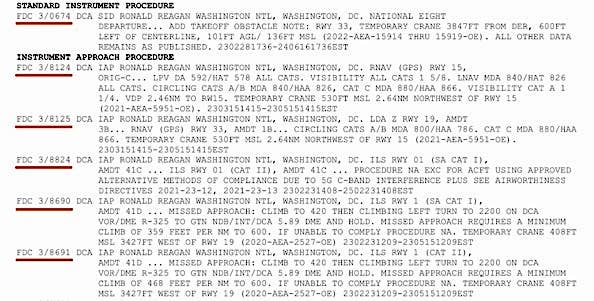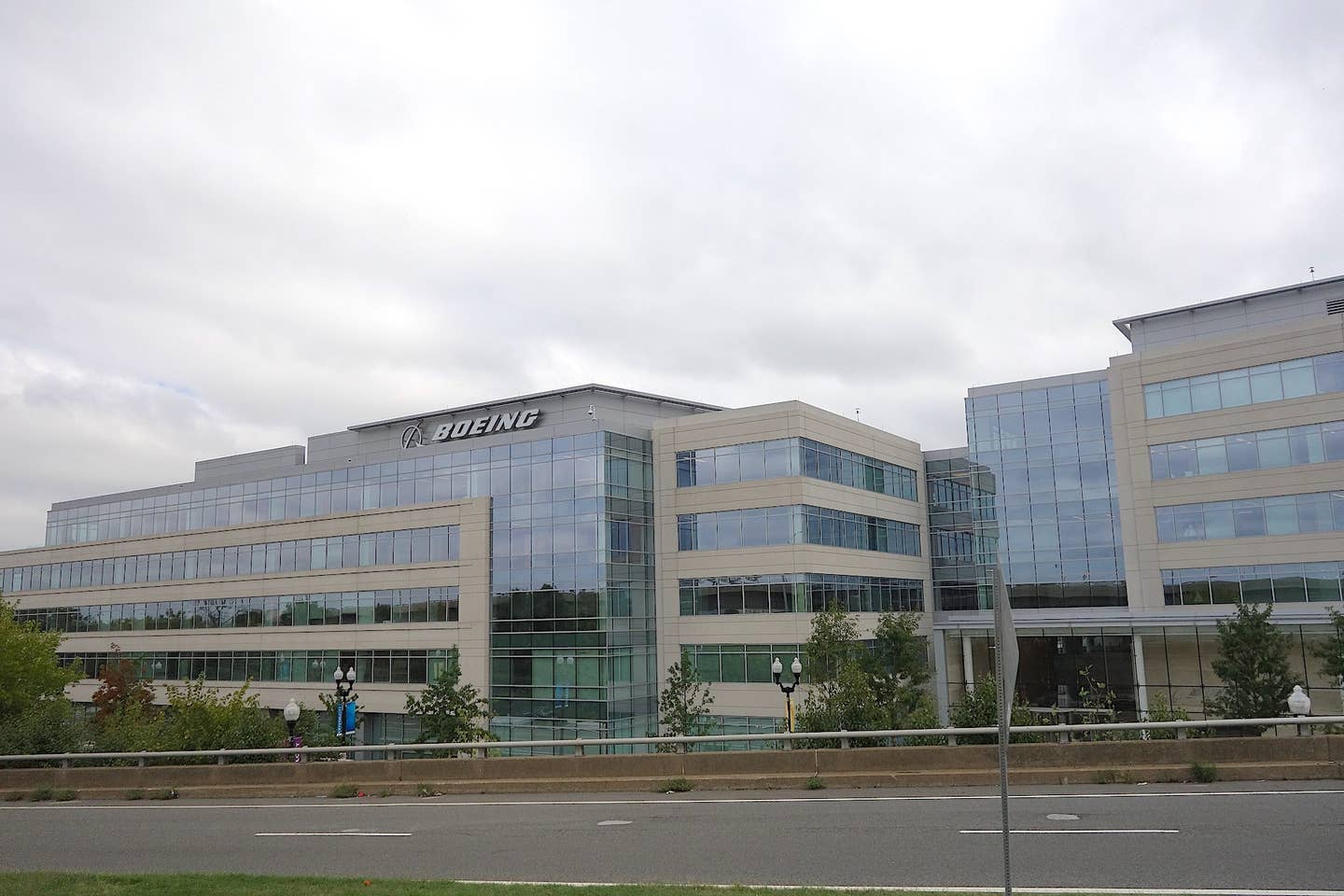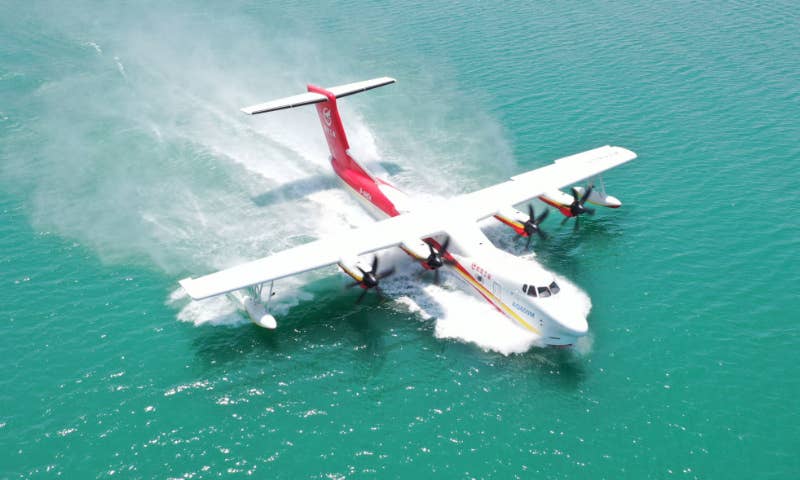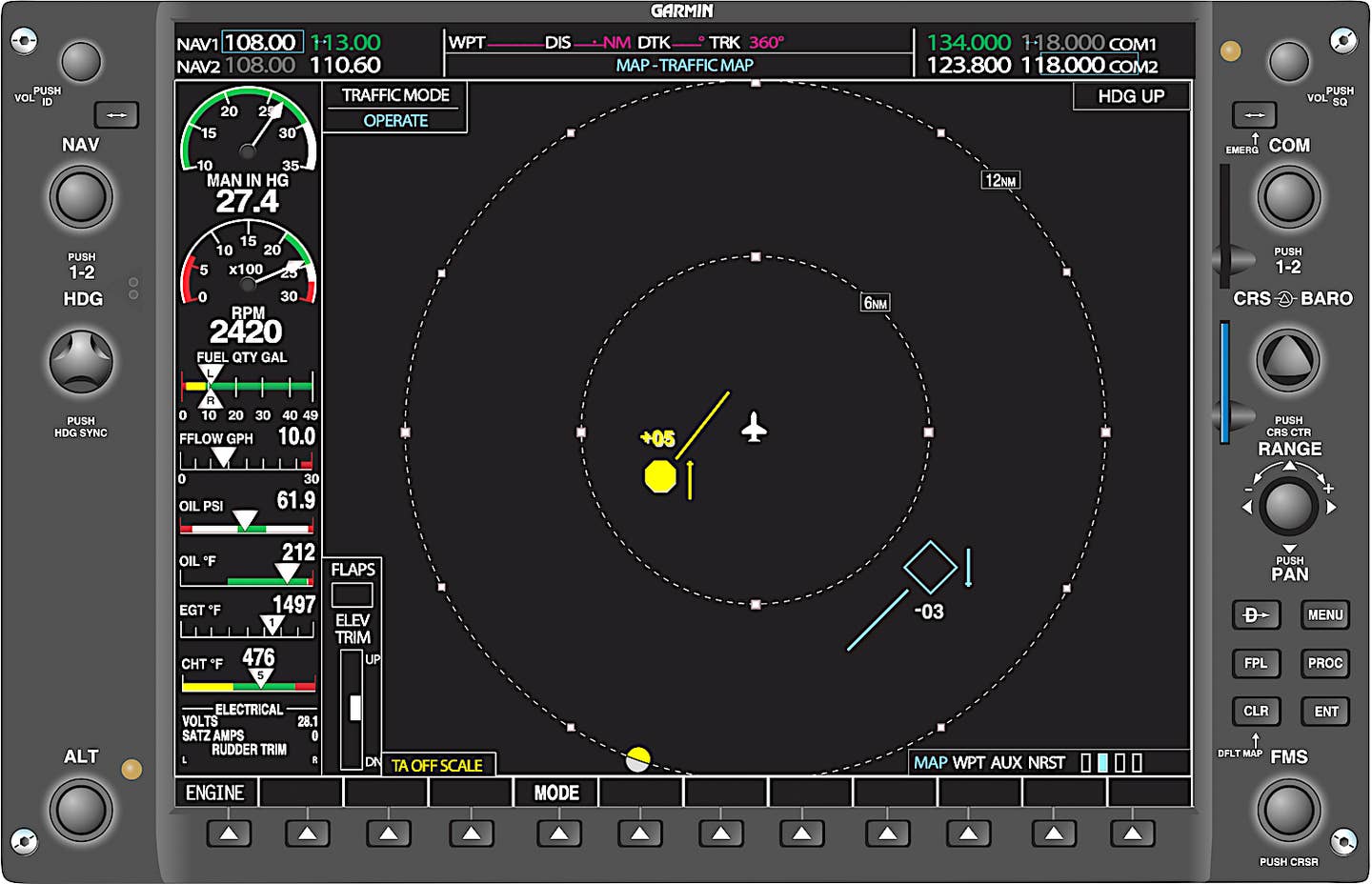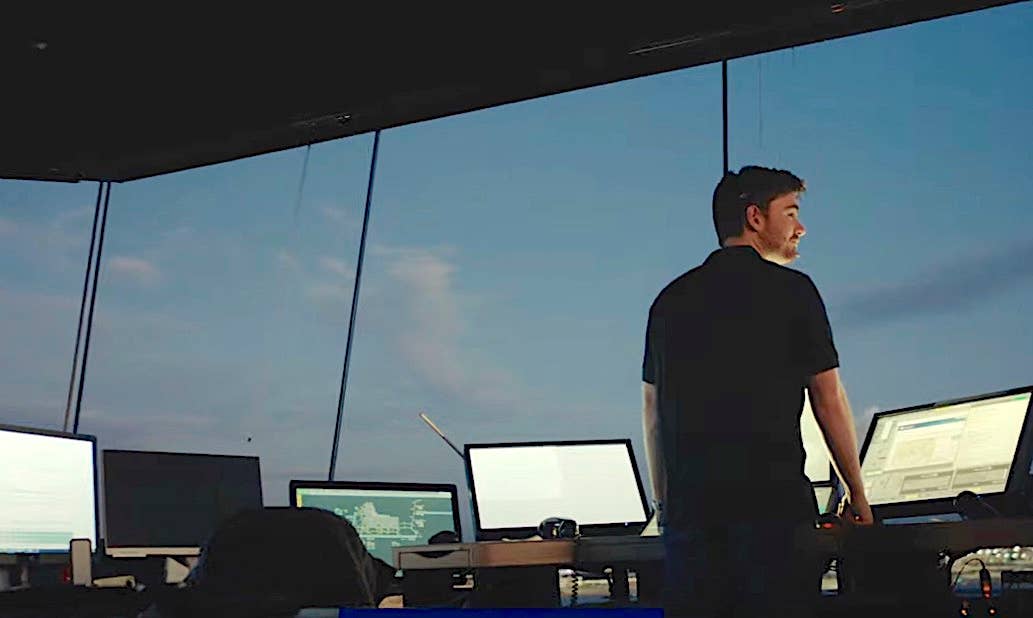Sonex Introduces “Sierra Hotel” Highwing
Just a few days after the successful EAA Homebuilders Week, which featured several interesting webinars that included an update on the Van’s RV-15, Sonex Aircraft hosted a 90-minute webinar to discuss developments with…

Just a few days after the successful EAA Homebuilders Week, which featured several interesting webinars that included an update on the Van’s RV-15, Sonex Aircraft hosted a 90-minute webinar to discuss developments with its own high-wing design. (An archive of the webinar can be found here.) In Sonex’s materials, the airplane is referred to as both the Sonex Highwing and the Sierra Hotel. The latter name comes from Sonex and Highwing, of course, but it’s also a reference to a pilot’s way of saying “s*** hot” phonetically.
As we’ve known for some time, the Highwing will be offered in both trike and taildragger form, though most of the drawings are of the conventional-gear version and I expect that to be the first to be built as a prototype. Sonex has said that the nosewheel version, which is due to have direct steering, will suffer a 10-pound weight penalty compared to the taildragger.
Schaible says he is “pumped” about the project and looks forward to the company cutting metal very soon. Plans are to show the Highwing in actual metal at AirVenture 2023, though it’s unlikely it’ll be a flying article by then. In fact, Sonex confirmed this in a post-webinar Q&A; what you will see at AirVenture is likely to be a cabin mockup or a not-yet-flying prototype. Sonex has the two-place jet to finish as well as plenty of (lucrative) defense contracts to fulfill.
Schaible used a good portion of the webinar to describe various options for the SH and even posted a couple of polls to judge viewer interest. For starters, the engine choices will be generous, with the planned power from 80 to 130 hp. Those engines include the in-house Volkswagen-based AeroVee (including the turbo ), the Jabiru 3300, the Rotax 9XX series and the UL Power UL350iS four-cylinder, 130-hp engine. The company is aiming for an empty weight of 720 pounds, so engine and propeller choice will be critical here.
As expected, the Sierra Hotel will be LSA compliant under the current rules. Some other specs released include a wingspan of just more than 26 feet, more than 4 feet greater than a Sonex’s. Wing area is 117.9 square feet to support a 1320-pound airplane (at max gross) with a projected stall speed of just 40 knots (46 mph). Low weight helps here, since the Highwing does not appear to have super high-lift devices; the conventional flaps will be electrically actuated.
These choices reflect Sonex’s intended application for the Highwing. As Schaible explained, the airplane is meant to hew to “Sonex performance and handling characteristics” while also retaining aerobatic capabilities. Schaible spent a good deal of the seminar discussing the airplane’s aerobatic potential at different weights by use of clever removable wingtips that should both make it more maneuverable and get the wing stresses where they need to be for aerobatic flight. These aspects reinforce the company’s stance that it’s not pitting the Highwing against pure-STOL aircraft like the various Cub-style airplanes already in the segment. Instead, Sonex is hoping to offer a quick-for-the-power, sporty entry into the category. Design cruise speed is 138 knots/159 mph.
It was made clear that the Sierra Hotel’s wing will be a cantilever design using Sonex airfoils, with the center section protruding out ahead of the cabin, much like the Helio Courier’s. The wing carry-through structure will span the cabin ahead of the pilot and passenger. The windshield butts up against the wing just behind the leading edge and a large skylight behind the main spar should help keep the cabin from feeling cave-like.
I was curious to know how Sonex was going to connect the wing to the rest of the airplane. On high-wing designs with struts, the A pillar portion of the fuselage is highly stressed because it connects the wing spars with the part of the fuselage attached to the lower end of the strut. But a cantilever wing allows the fuselage to hang from the wing, so the A pillar can be a little simpler. In this case, inner and outer structural skins bracket a combination of box- and L-section members.
Because of export considerations and the possibility that the Sierra Hotel will be produced as a kit, as an E-LSA and as a fully completed S-LSA, it’s useful to have it break down as compactly as possible for shipment. To that end, the wings will have a “knuckle-style” spar attachment to allow them to be removed relatively easily. (This is not meant for everyday wing removal as on a sailplane.)
Incidentally, the wings will only carry optional auxiliary fuel. Standard tankage will be 20 gallons in a rotational-molded header tank, with a pair of 5-gallon drop-in tanks fitting into the inboard sections of each wing. All tanks gravity-feed to their destinations—the header to the engine and the auxes to the header. Sonex likes it simple. “Gravity has never failed us,” Schaible noted.
So if the Sierra Hotel isn’t going head-to-head with the backcountry-themed STOL aircraft in the world, why would the company do a high wing? Plenty of reasons, including easier access to the cabin, more cabin space (42 inches wide at the shoulders), more baggage capacity (set to be 60 pounds) and easier access to it. Along those lines, the Highwing will have doors cut well forward to make room for feet and the relatively low stance will help keep step-in height to a minimum. Think of the Sierra Hotel as Jabiru-sized in that you’ll be ducking under the wing to get in the airplane.
Sonex’s interior mockups showed control options—traditional sticks in front of each seat as well as a single center stick between the seats. Schaible ran a survey on this one. The center stick won 55% to 44%. (One percent apparently wants AI to drive.) In either case, dual throttles are positioned outboard on both sides and with electric flaps there’s no need to find room for a flap handle. Access to the baggage area appears to be over the seatbacks. Seatback adjusters are likely to be part of the final design.
Many other details were discussed in the webinar. A whole-airframe parachute is being considered. Production is likely to be both standard-configuration kits, quickbuild kits and a fully built S-LSA version. Sonex also confirmed that a previously considered Waiex version, with a V tail, has been abandoned.
This article originally appeared in KITPLANES. For more great content like this, subscribe to KITPLANES!

